
How to Choose an Effective Email Marketing Platform

Email marketing has stood the test of time and remains one of the most successful methods for small businesses to engage directly with their consumers and prospects. This article will help you select the best platform for your company.
Email marketing has stood the test of time and remains one of the most successful methods for small businesses to engage directly with their consumers and prospects. This article will help you select the best platform for your company.
1. Different Types Of Customer Emails
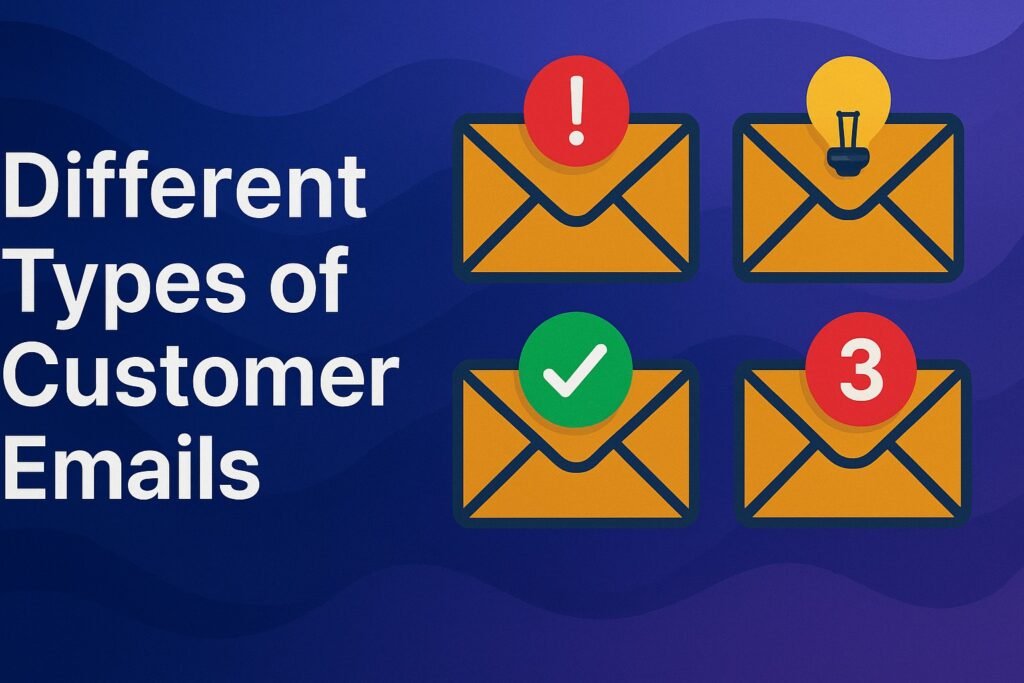
The word “email marketing” refers to all company email communications with clients. This applies to both traditional marketing’ and ‘transactional’ emails.
Marketing emails
These are the emails where you might share a discount, announce something new, send out a newsletter, or invite people to an event. Most of the time, the same email goes out to lots of people at once. Just make sure the people you’re emailing actually signed up for it. Nobody likes getting emails they didn’t ask for. And always include a way for them to unsubscribe if they don’t want to hear from you anymore.
Transactional emails
These are the emails that go out automatically after someone takes an action—like placing an order, resetting their password, or getting something delivered. You don’t need to ask permission to send these kinds of emails. They’re just part of keeping customers updated and giving them the info they need. There’s no sales pitch, and you don’t need to include an unsubscribe link, because these messages are only being sent as part of the service they’re already using.
Even if you’re using a template, each email is sent one at a time, only when it’s triggered by what the customer does. Most email tools can do that for you once it’s all set up.
2. Why You Should Use an Email Marketing Platform
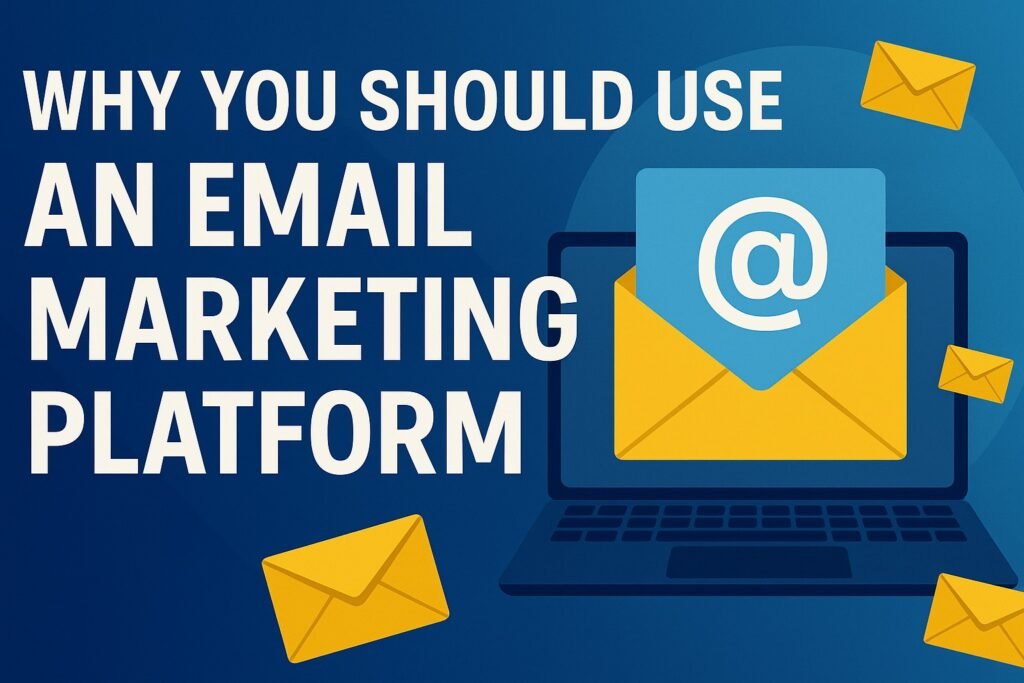
It’s better to use an email marketing service instead of regular email like Outlook or Gmail when sending to customers. Regular email isn’t made for many messages at once and could get blocked. Also, unwanted emails might cause people to block you, so you can’t reach them later.
Using a regular email also makes it hard if more than one person needs to help with emails. But with email marketing services, teams can work together easily. Plus, these services give you helpful info like who opened your emails or clicked on links, so you can see what’s working.
Another thing is that these platforms make your emails look nice on phones or computers without much hassle. And if your business starts growing, you’ll want to automate things like sending order updates, doing that by hand just wouldn’t work.
Finally, there are rules about emailing people, and these platforms help you follow them. They make sure you only email people who want to hear from you and always let them unsubscribe if they want. And don’t worry about the cost, lots of these services have free options or cheap plans for small businesses just starting out.
3. Where to start
Once you start looking for email platforms, you’ll find tons of options—and a lot of complicated language that just makes things harder. The first challenge is figuring out which ones are actually worth your time.
Here’s a down-to-earth way to break it down and figure out what’s right for your business:
Step 1: Start by thinking about what you need the platform to do. Are you only sending things like newsletters and offers? Or do you also need to send order updates or things like password reset emails? Also think about how it’ll connect with whatever tools you already use to keep track of customer info.
Step 2: Get a feel for how many emails you’ll be sending each month. This helps you avoid choosing something too basic—or paying too much for features you won’t use.
Step 3: Think about what features matter to you. What will actually help you get the job done? Make a list of what’s important so you can focus only on platforms that match.
Step 4: Finally, try to imagine using it day in and day out. Is it simple to use? Will it save you time or just add more work? Make sure you know what it’ll take to run things smoothly before making a decision.
4. Step 1: Define The Key Requirements For Your Email Marketing Platform
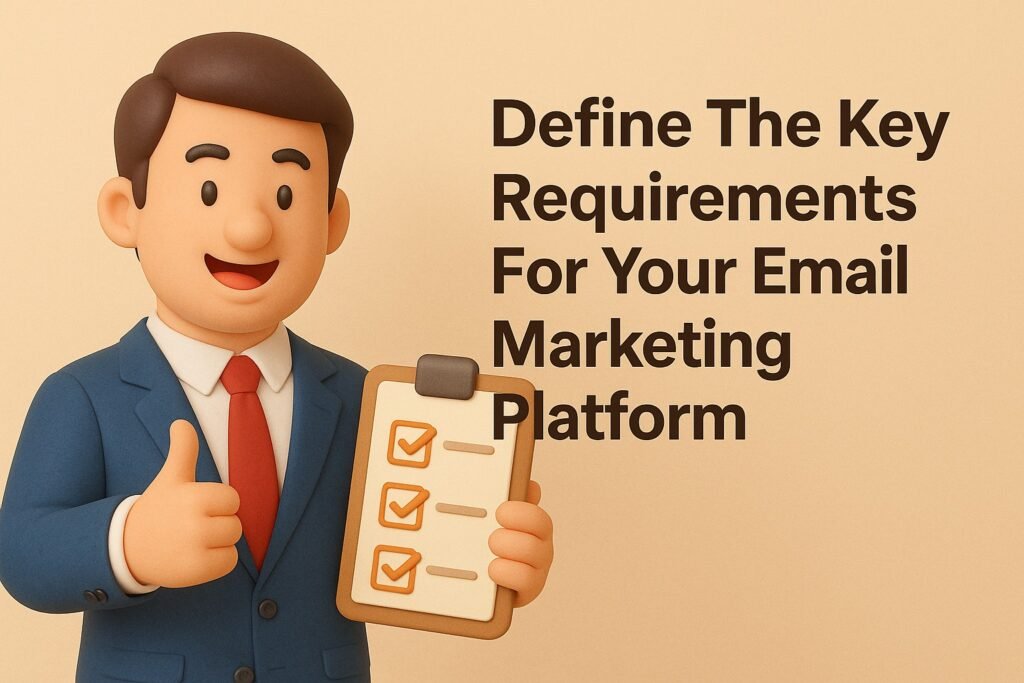
Do you need to send transactional and marketing emails?
So, first thing: what emails do you really need to send? If you’re selling products online, you probably need to send order confirmations and updates, not just sales emails or newsletters.
Sometimes people want to send texts too, like a quick message when something ships.
If you need to send those order or account emails, check how the email system talks to your website. If you already have a website, like Shopify or Wix, make sure the email tool works with it. If a developer built your site, they can help you figure this out.
Also, think if you want to use the same tool for both marketing emails and those order emails. It’s usually easier that way and might save you some money.
Finally, if sending texts is something you want, make sure the email tool can do that, because not all of them can.
How will you link email marketing with your other customer data?
To get good results with email marketing, your emails need to actually mean something to the people getting them. That means using your customer info the right way.
First, you have to make sure your data is correct, like having the right email addresses and names so your emails don’t bounce or feel off.
Second, it helps a lot to know what your customers like or have done before, like what they’ve looked at or bought, or which emails they clicked on. That way, you can send them stuff that fits their interests. It’s easier to do this if your email system can connect with the other tools you use to store customer info.
There are two ways to make that happen:
- You utilize the email platform as your primary system for everything. Many systems may serve as the primary software for all of your marketing needs, in addition to simply sending emails.
- Alternatively, the email platform interfaces with a different system or application that collects the data. When you’re shortlisting email marketing platforms, you’ll encounter the term “integration” a lot, along with extensive lists of other software that the platform will link with.
Putting all your info together like this helps you send emails that actually matter to your customers.
Customer database or CRM (customer relationship management)
Many businesses need to keep track of information about their customers and prospects to manage relationships better. Knowing how someone has interacted with your business helps you send emails that actually matter to them and improves customer service. For example, you might want to know:
- How they responded to past emails or marketing
- Any questions or complaints they’ve made
- What they’ve bought from you
Since there’s a lot of info to handle, doing all this by hand would take too much time. If your business is small and your needs are simple, look for an email platform that can handle this for you.
If you already use a bigger CRM system like Salesforce or manage customer data in your online store, make sure the email platforms you’re considering can work with those systems.
List Building Across Different Channels
You can grow your email list in many ways, through your website, social media, pop-ups, live chat, or even ads. Tools like Optinmonster or Optimonk can help capture people just as they’re about to leave your site. Social media posts and chatbots are also great for encouraging sign-ups.
To keep things simple, it helps if your email platform connects with all these channels so new contacts go into one main list. If you’re using or planning to use these methods, make sure the email platform you choose works with them.
Some tools even offer features to find “lookalike audience finder”, to help people who are similar to your current subscribers, so you can reach more potential customers through platforms like Facebook or Instagram.
Surveys and polls
Asking your customers for feedback is a great way to build better relationships and catch any problems early. Some email tools let you make surveys right there in the system. Others work with popular survey sites like SurveyMonkey or Typeform. Using these surveys, you can sort your customers based on their answers and send them emails that feel more personal.
Analytics
Your email tool will show you basic stats like who opened your emails or clicked links. To get a better idea of how your emails affect your website visits, you can link the tool to Google Analytics. This way, you can see the full picture of how your email campaigns are working.
5. Step 2: How many emails will you be sending?
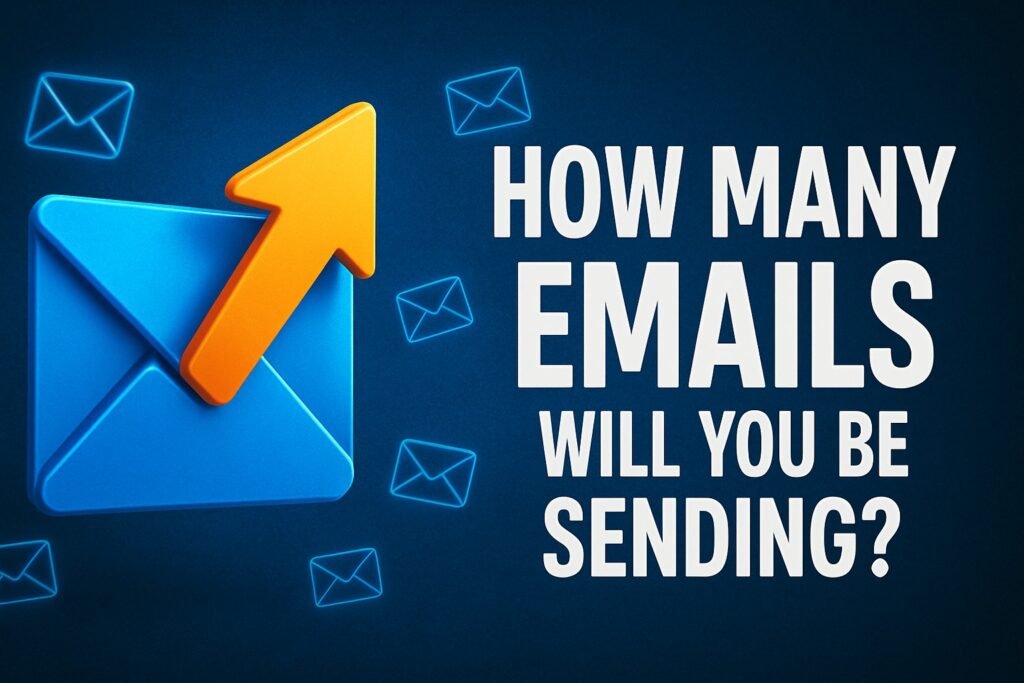
Before you pick an email platform, try to figure out roughly how many emails you’ll send. This helps you avoid paying for more than you need.
For transactional emails:
- How many emails do you send after each sale? (Like order confirmation and delivery notices.)
- How many sales do you expect each day and month, now and later?
- Use those numbers to guess how many transactional emails you’ll send every month.
For marketing emails:
- Look at how many contacts you have and who you’ll email, everyone or just certain groups.
- Think about whether your list will grow soon.
- Decide how many marketing emails you’ll send each month. Remember, most people don’t want more than a couple of emails a week.
Look At Pricing
Once you know how many emails you’ll be sending, check the prices of different email services.
- Free plans: Some let you send a few thousand emails free at first, but after that, the limit drops. This might be enough if you’re a small or new business.
- Pay-as-you-go: You pay only for the emails you send. This is good if your email volume is low or changes a lot.
- Monthly plans: Most charge a set monthly fee based on how many emails you send. Pick a plan that fits your needs so you don’t pay for more than you use or run out of emails.
- Mixed pricing: Some combine a monthly fee with extra charges if you go over your limit. This works well if your email numbers sometimes go up.
- Extra fees: Check what’s included and if there are extra costs for special features or linking with other tools.
By now, you should have a few options and know your budget. Remember, the cheapest option isn’t always the best. Think about the features and how easy the platform is to use. Some might need extra help, which could cost more, while others are simple enough to manage on your own.
6. Step 3: Technical Features And Benefits
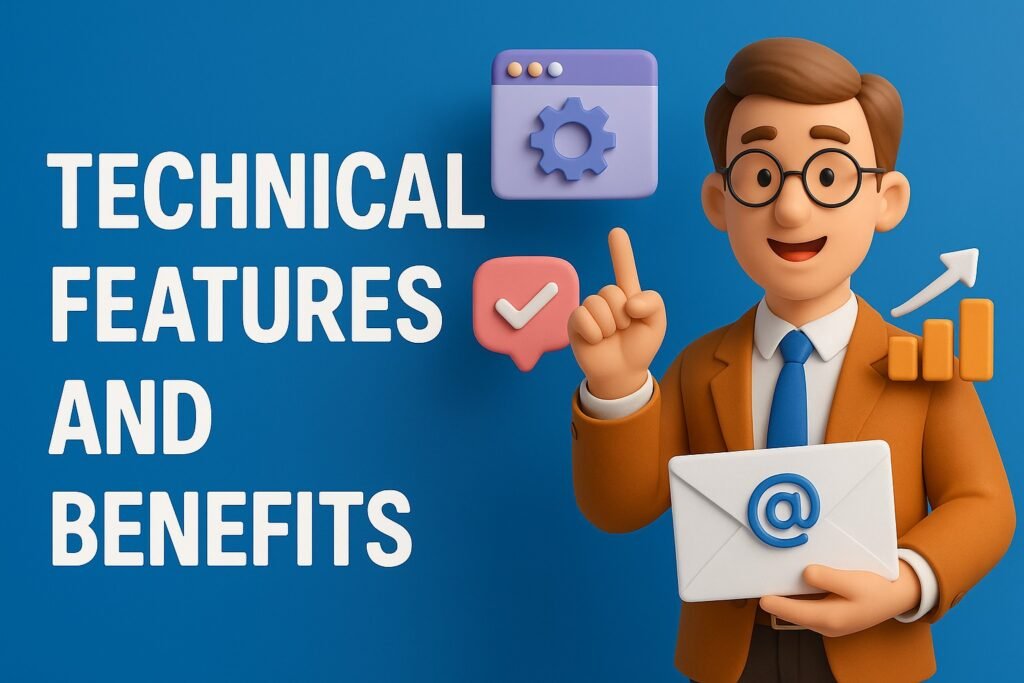
Most email platforms come packed with features, but that doesn’t mean you need them all. Focus on what’s actually useful for your business. The goal is to find tools that help, not ones that just look impressive but don’t really serve a purpose for you.
Segmentation and personalization
Grouping your audience is what makes personalisation work. And by personalization, we mean more than just putting someone’s name in the email. It’s about sending the right kind of content to the right people, based on what they like, what they’ve browsed, or what they’ve left in their cart.
Check what kind of filters the platform offers. Can you group people by where they live, what they’ve bought before, or how often they engage with your emails? If your product is something people re-order, you might want to remind them when it’s time. Or adjust your tone depending on whether they’re super active or barely ever open your messages.
This kind of smart targeting helps you write emails people actually want to open. And the more they open and click, the better your chances of landing in the inbox instead of the spam folder down the line.
A/B Testing
If you’ve got a decent-sized email list, A/B testing can really help improve your results. It works by sending two different versions of an email to a small group of people. Then you compare which one does better, whether that’s getting more opens or more clicks, and send the winner to the rest of your list. You can test things like subject lines, images, layouts, or even the call-to-action. Just make sure the platform you use can handle the testing and automatically send out the best version.
Automation
Automation can save you loads of time and make your emails feel more personal. For example, you can set up emails to go out when someone signs up, send reminders to people who left stuff in their cart, or even share a discount on their birthday. You can also resend emails to people who didn’t open the first one or suggest products based on past orders.
Start by writing down the types of automated emails you’d like to send, then see which platforms make it easy to build those workflows. A lot of tools offer ready-made templates for this, so you don’t always have to build from scratch.
7. Step 4: How easy is the platform to use day-to-day?
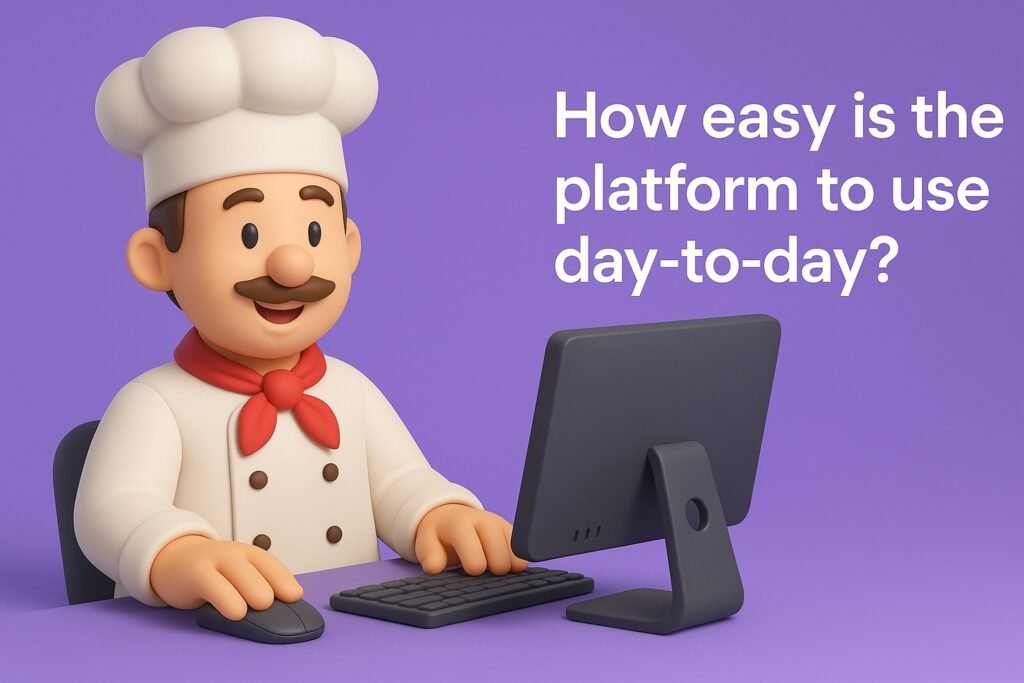
Templates and customization
Many small businesses want to handle their own email campaigns instead of paying someone else.
So, look for platforms that have ready-made templates to save you time and money on design. A simple drag-and-drop tool to build your own emails is a big help. It’s also good if the platform offers free images you can use when you don’t have your own.
Since everyone works in their own way, the best way to see if it fits you is to try it out with a free trial or demo.
And if you use design tools like Canva, make sure you can easily add your designs to the email platform.
Creating landing pages and social media ads
Emails usually need a landing page to send people to, somewhere they can sign up, buy something, or get more details. When done right, a landing page that matches your email can help you get more customers. There are plenty of tools out there just for building landing pages, and some email platforms include this feature or work well with other software. Sometimes you can even create a full website or online store through an email platform, though that’s not the best fit for everyone.
You might also be able to link your social media accounts to your email platform. Some platforms let you create content all in one place, so you can use social posts in emails and vice versa. This can save time and be helpful if social media is an important part of your marketing.
Analytics And Reporting
To get better results from your emails, you need to know what’s working and what isn’t.
Look for basic info like how many emails bounced, how many people unsubscribed, how many opened your emails, clicked links, or made a purchase. Also, check how many people share your emails and how your list is growing.
Make sure the reports are easy to understand and find. If it’s tricky, you might not use them, and that will hurt your results.
The best way to see if it works for you is to try it out with a free trial or demo.
GDPR Compliance
Make sure the email platform helps you follow GDPR rules, especially if you use it to collect and manage subscriber info. Check if you can create opt-in forms that match your brand, offer different opt-in options, and easily prove when someone signed up. It should also be simple to delete a customer’s data, export their information if requested, and anonymize data after deletion.
Support
If you manage the email platform yourself, good support matters. Transaction emails like order confirmations must work without delay.
Look for easy setup help, a helpful online guide, and real people to contact by phone, email, or chat. A user community can also be useful.
8. Example email marketing platforms
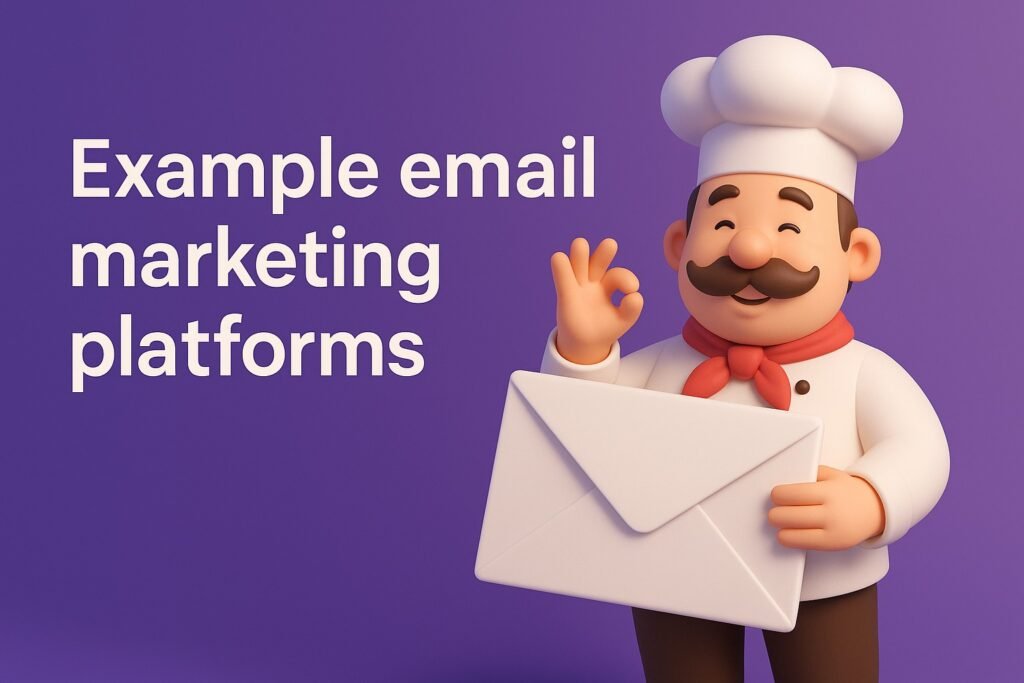
When choosing a platform, ask other businesses what they use and like or don’t like. You can also sign up for emails from small businesses you like to see which platform they use. Sometimes the platform’s name shows up at the bottom of their emails.
Here are some popular options to consider:
Good all-rounders:
- MailChimp
- Campaign Monitor
- MailerLite
Specialized options:
- Constant Contact – for small businesses and nonprofits
- SendinBlue – handles both email and SMS well
- Drip – made for eCommerce sites
- ConvertKit – great for bloggers and content creators
Get Help with Your Email Marketing from VrdApps
If you want help with your email marketing, VrdApps is here for you. We offer simple advice, training, and tools to make your email campaigns work better. Whether you’re just starting or want to improve, VrdApps can guide you and support your business all the way.


